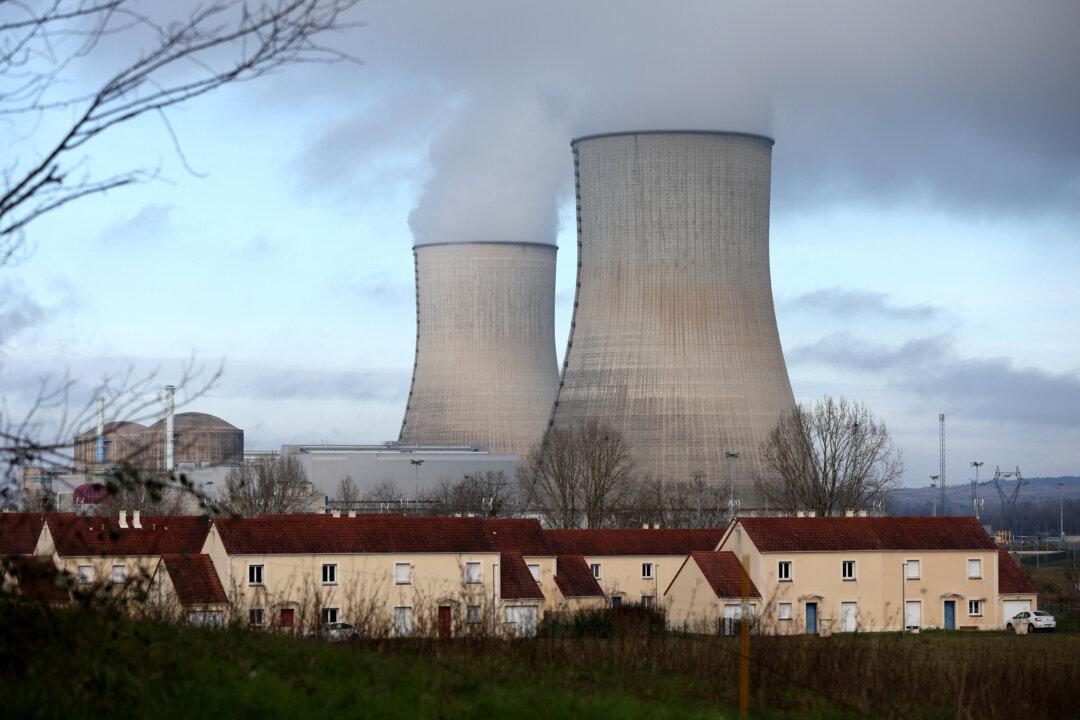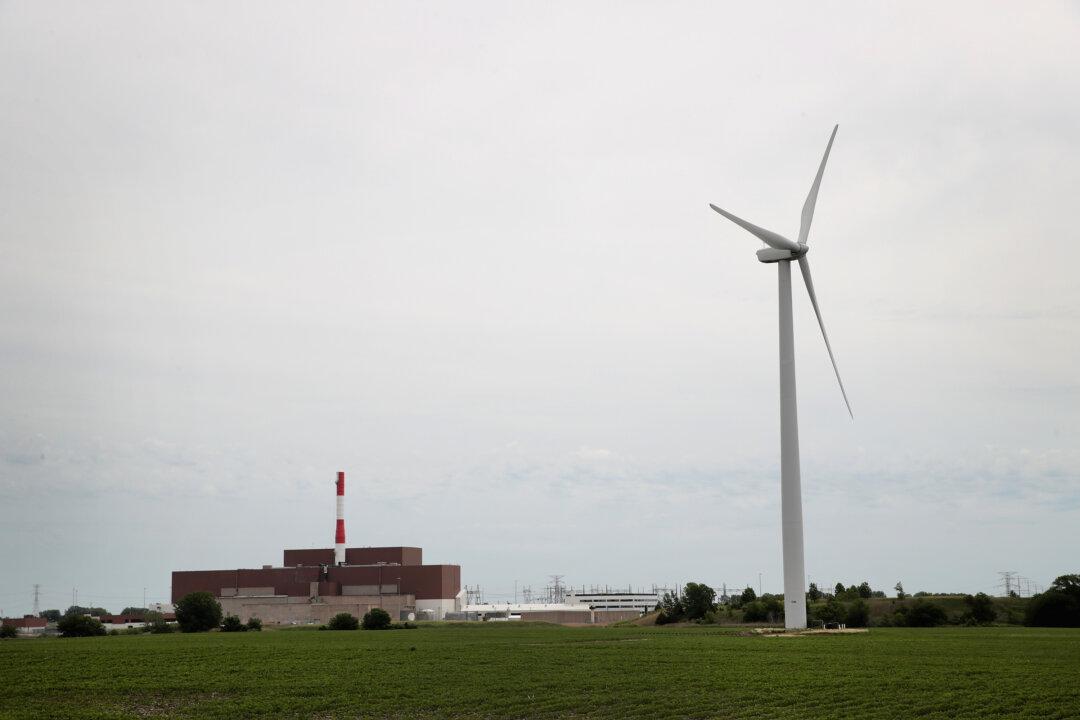Australia’s economic growth is shrinking as interest rate hikes, high inflation, and unfavourable global conditions continue to take a toll on the economy.
The figure was also below market expectations of a 0.3 percent quarter growth.
Additionally, the economy expanded by 2.3 percent in the 12 months to March.
Katherine Keenan, the head of national accounts at the Australian Bureau of Statistics (ABS), said capital investments from the public and private sectors were the main driver of economic growth in the March quarter.
Private investment climbed 1.4 percent after dropping 0.9 percent in the December quarter.
In comparison, public investment jumped by three percent after a 1.2 percent dip in the previous three months.
Exports, another major contributor to economic growth, rose by 1.8 percent, marking the fourth consecutive quarterly increase.
This was driven by a 7.7 percent surge in service exports due to the return of international students.
Meanwhile, household spending experienced a downturn as Australians cut back on discretionary expenses.
The economic metric only increased by 0.2 percent, the weakest quarterly result since September 2021.
At the same time, the household saving-to-income ratio decreased to 3.7 percent, the lowest level in 15 years, suggesting a bleak outlook for household budgets.
Prices Growth Remained Strong in the March Quarter
The GDP implicit price deflator, which measures the changes in prices of all goods and services produced domestically, went up by 1.9 percent in the March quarter and 6.8 percent in the year to March.This was driven by a rise in the ratio of export prices to import prices (up 2.8 percent) and elevated domestic prices.
“Goods inflation moderated as prices for capital goods eased in line with import prices for materials.”

The robust growth in labour costs has raised concerns among economists over its impact on interest rates.
According to ANZ Bank, unit labour costs went up by two percent in the March quarter and 7.9 percent in the 12 months to March.
While ANZ senior economist Felicity Emmett said wage costs looked moderate, she noted that negative productivity growth had pushed up unit labour costs.
Emmett believed the central bank would likely implement further interest rate hikes. However, she said households were already feeling the impact.
Response from Politicians
Following the data’s release, Treasurer Jim Chalmers said the latest national accounts confirmed the economic slowdown.“The numbers confirm what Australians already know–that household budgets are under pressure from rising interest rates and higher cost of living,” he said.
Under such economic conditions, the treasurer said the government now focused on providing cost of living relief without fuelling inflation, fixing supply chains and improving productivity growth.
On the other side, Shadow Treasurer Angus Taylor criticised the government for the current state of the economy, saying it was shuddering to a halt.
“This is a tough time for Australians,” he said.
“Meanwhile, we have a government that doesn’t have the plan or the priorities to fix these problems.”





